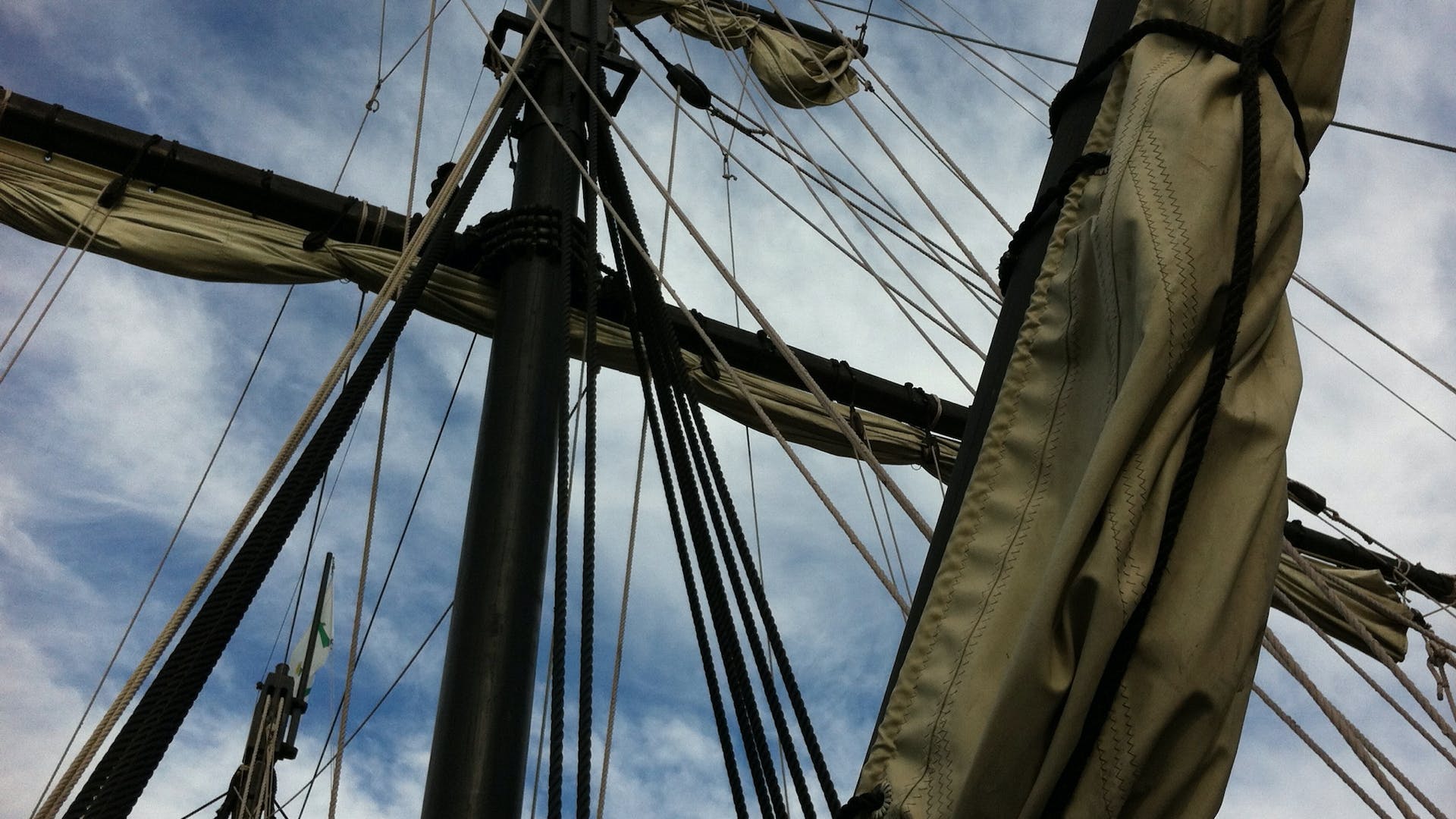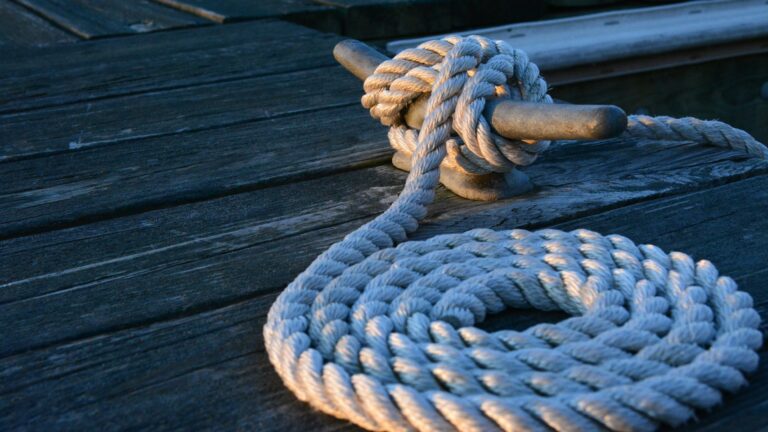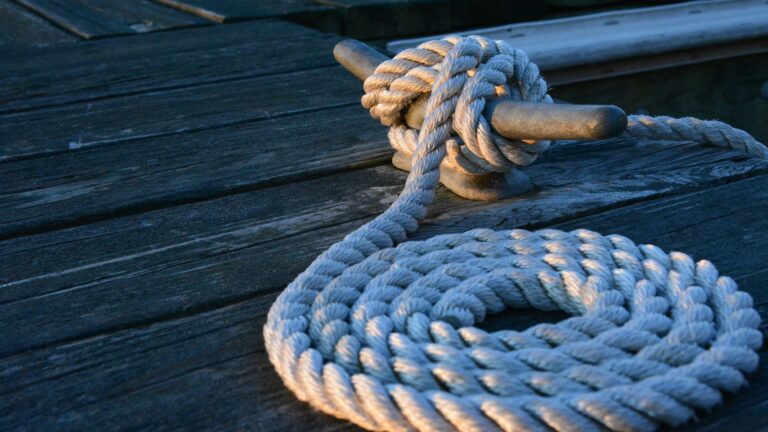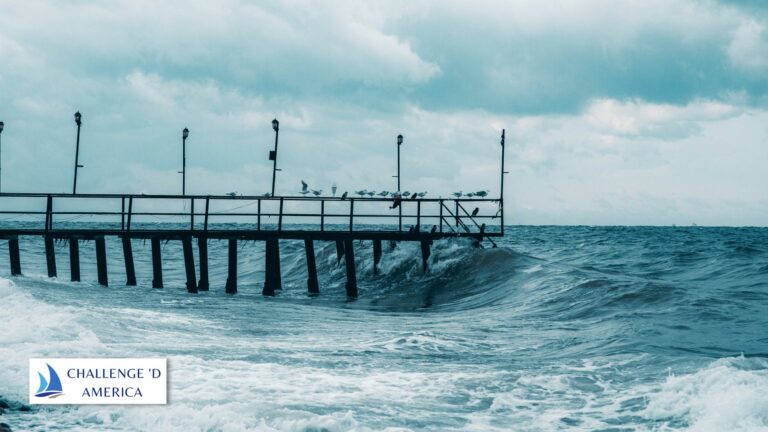What knots Do Navy Seals Use?
Knot tying is an essential skill for sailors and Navy Seals alike, as it provides a quick, reliable way to secure items or join two objects together securely and easily in a pinch.
In the Navy Seal training program known as BUD/S, recruits are taught five essential knots which they must be able to tie underwater, each on a single breath hold: the Bowline, Square Knot, Becket’s Bend, Clove Hitch, and Right Angle knots are all part of this special training program’s curriculum.
This article will discuss these knots in more detail, as well as offer some tips on how to quickly and easily tie them in the future.
The Basics of Knot Tying
Knot tying is a skill that requires practice and patience in order to master it properly, however, once you have the basics down pat, it can be a very useful tool in a variety of situations.
Before attempting any of the knots used by Navy Seals during their training program, it can be helpful to review some basic knot tying principles: use the correct type of rope for the job at hand, ensure that all knots are tied correctly, avoid using too much tension when tying knots, never leave loose ends sticking out, always use a stopper knot when possible, and remember to double check your work after tying any knot to make sure it is secure and reliable before using it for its intended purpose.
Types of Knots Used by Navy Seals
Now that we’ve gone over some basic knot tying basics, let’s discuss the five types of knots which are used by Navy Seals during their training program: the Bowline, Square Knot, Becket’s Bend, Clove Hitch, and Right Angle knots are all part of this special training program’s curriculum – here is a more detailed look at each one:
Bowline
The bowline is one of the most commonly used sailing knots due to its strength and ease of use, it forms a loop at one end which can be used for various purposes such as attaching lines or securing items to boats or docks.
It is also useful for quickly creating an anchor point or securing items while in motion – this is why it is particularly useful during rescue operations or other high-stress situations where time is limited but accuracy must remain high.
Square Knot
The square knot is another popular sailing knot which can be used for many different applications such as binding two pieces of rope together securely or forming an anchor point with two lines joined together – it usually takes two hands to tie properly but can be done with one if necessary.
It can also be used for attaching items such as sails or flags onto boats or docks without having to tie them directly onto the object itself – this makes it perfect for situations where you want something tied down but don’t want permanent damage done to whatever you’re tying onto in case you need to move or remove it later on down the line.
Becket’s Bend
The Becket’s Bend is an extremely strong and secure knot which provides maximum strength when joining two separate lines together – this makes it ideal for tasks such as rigging up climbing gear or joining multiple different pieces of rope together in order to create larger structures (such as sails).
It takes some practice but once mastered can be completed quickly with minimal effort – this makes it perfect for high-pressure situations where accuracy must remain high but speed is essential too!
Clove Hitch
The clove hitch is another popular sailing knot which provides quick attachment points between two separate ropes – this makes it ideal for tasks such as attaching sails or flags onto boats without having to tie them directly onto whatever they’re being attached too (similarly to how the square knot works).
It also provides extra security due to its ability to tighten up as more tension is applied – making sure whatever you’re attaching stays firmly in place even when facing strong winds!
Right Angle
The right angle is an incredibly useful yet often overlooked sailing knot which can provide quick attachment points between two separate pieces of rope at any angle – this makes it ideal for tasks such as creating complex structures such as trusses on sailboats where precision angles are essential but time may be limited!
It takes some practice but once mastered can provide superior strength compared with other methods such as using multiple lines tied together using either square/clove hitches alone (as these don’t always provide enough stability).
Tips For Tying Knots Quickly And Easily
Tying knots quickly and easily isn’t always easy – especially when trying out new techniques! Here are some tips from experienced sailors that should help make sure your next task goes smoothly:
- Always familiarize yourself with any new techniques before attempting them so you know exactly what you’ll need beforehand, having everything laid out ahead will save time later on!
- Make sure your rope isn’t tangled before starting so there’s no confusion while working, if needed use a fid (a special tool designed specifically for untangling rope) first before starting any task.
- Make sure you have enough light so you can clearly see what you’re doing while tying any complicated knots, if available use both natural light from windows/doors combined with artificial lighting such LED lamps/flashlights (these will work well even in low-light environments).
Practicing Knot Tying Techniques
Practice makes perfect when learning how to properly tie any type of knot – even experienced sailors need refresher courses from time-to-time! Here are some tips on how best do practice your skills: - Start off simple by practicing basic knots like bowlines or square knots first until they become second nature, then progress onto more complicated ones like Becket’s Bend and Clove Hitches once those become easy too!
- Use visual aids whenever possible if available (such diagrams/illustrations), these will help ensure that you’re always working from correct patterns instead of relying solely on memory (which can sometimes lead to mistakes).
- Practice regularly even after mastering various techniques, nothing beats repetition when trying out new skills so make sure you keep up your practice sessions until they become muscle memory!
Conclusion
Knot tying may seem intimidating at first but with enough practice and patience anyone can learn how to do it correctly – including Navy Seals who use five specific types during their training program: Bowline, Square Knot, Becket’s Bend, Clove Hitch, and Right Angle – all five require precision and speed in order achieve success underwater while holding their breath – however these same skills can be applied just about anywhere else too! With enough practice anyone (including non-Seals) should be able master these techniques quite easily – just remember always familiarize yourself beforehand so there are no surprises during actual tasks plus make sure sufficient light sources are available so there’s no confusion about what needs doing either!





![halyard-sheet-outhaul What Are The Three Main Controls For The Main Sail?[Editing Required]](https://challengedamerica.org/wp-content/uploads/2023/02/halyard-sheet-outhaul-768x432.jpg)

